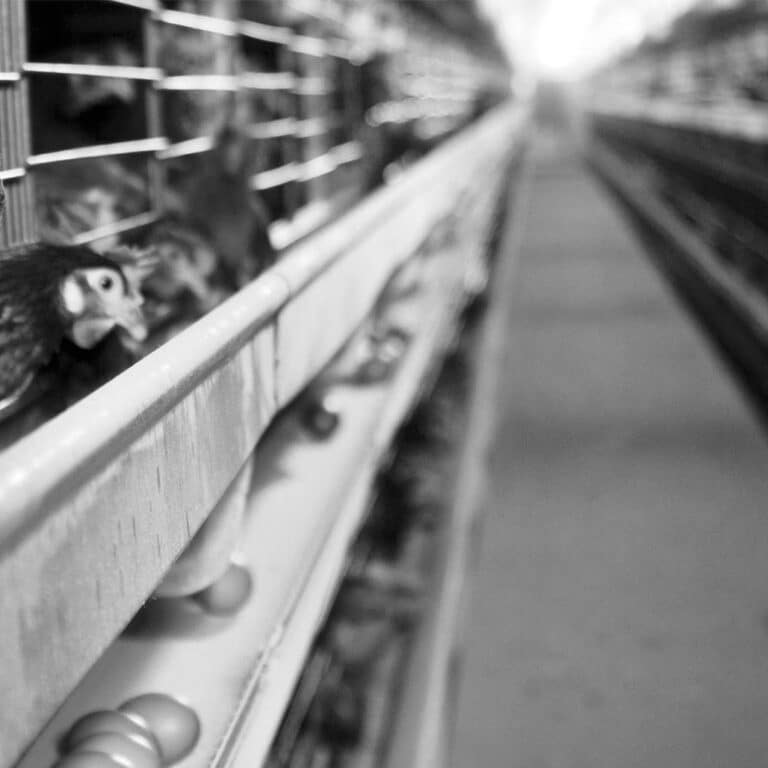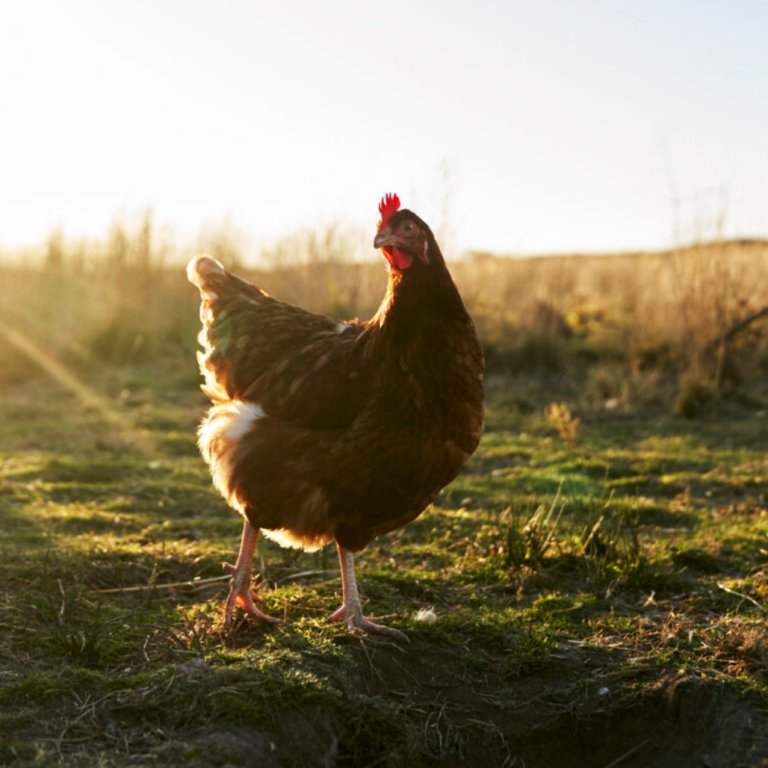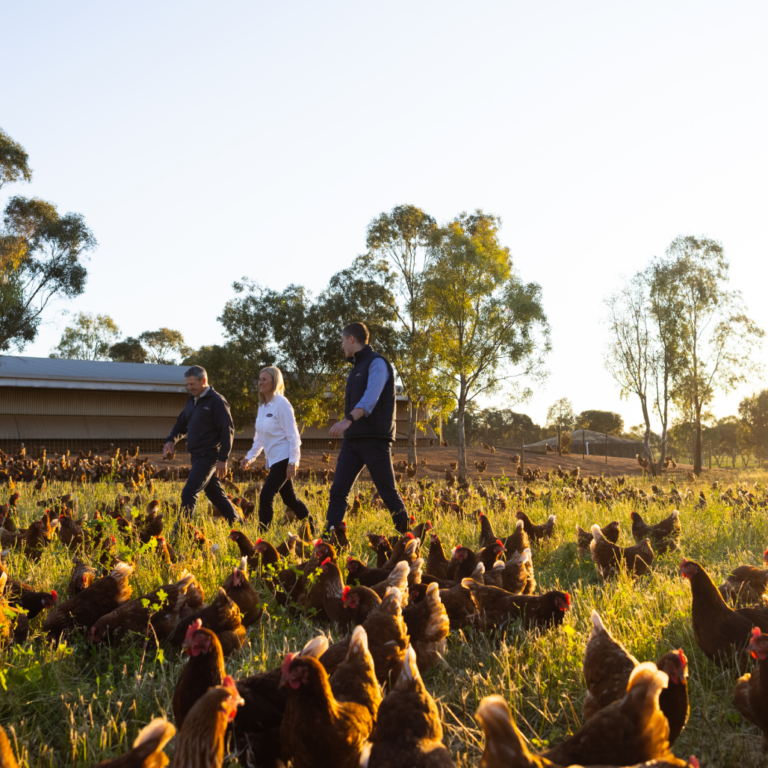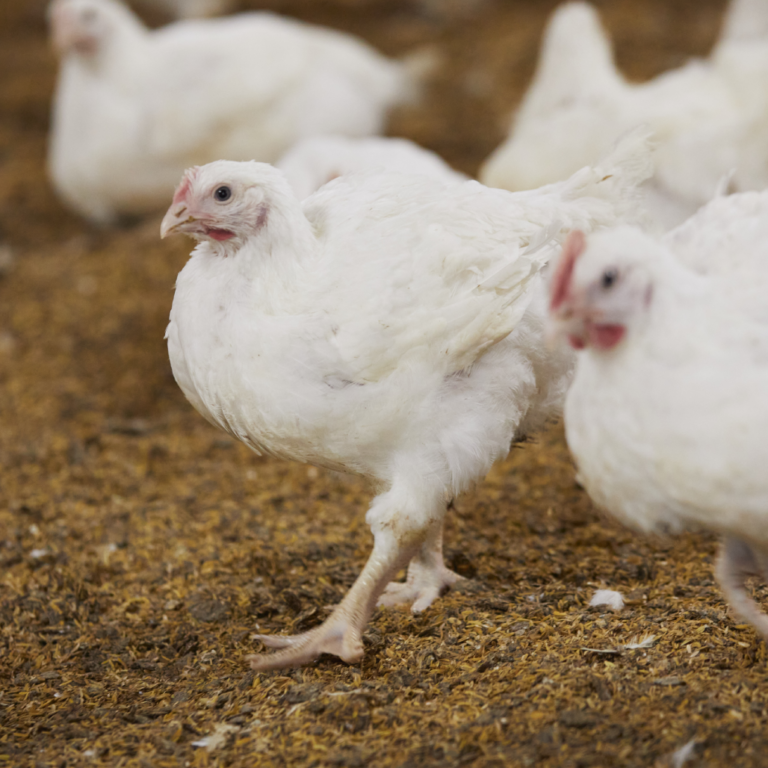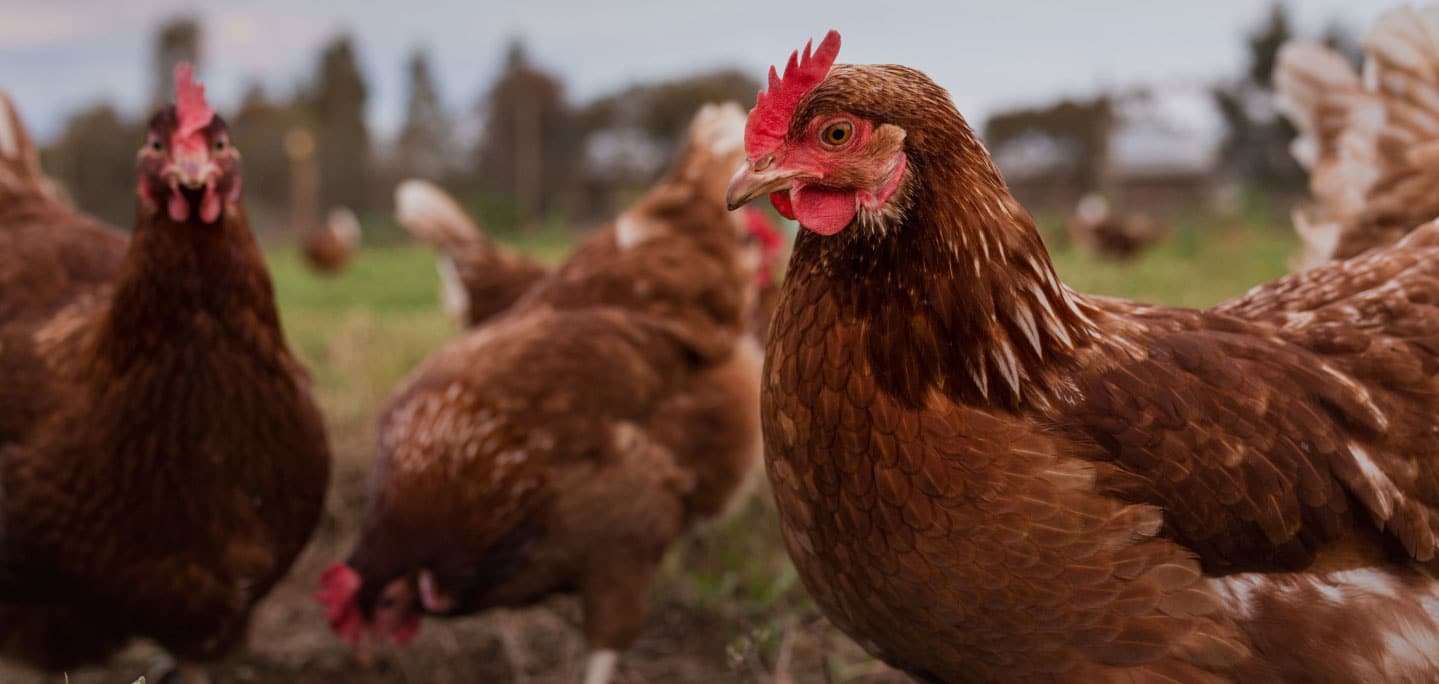If you already buy cage free eggs in the supermarket, either barn or free range, you will be surprised to know that more than 11 million hens, or 70% of Australia’s hens, are still confined to a battery cage.
Hens in battery cages live their entire short lives with less space than an A4 piece of paper. Unfortunately, governments and much of the egg industry want this to continue. It’s time to end the battery cage, and here’s why.
Hens are smart, social animals with big personalities. They have good memories and can make intelligent choices and decisions from a very young age. They show empathy, use self-control, can navigate using the sun and communicate with each other about different issues.
Hens in battery cages are constantly frustrated that they can’t do the things that come naturally to hens – spread their wings, walk freely, dust bathe, forage, lay their egg in a nest. Even though there is no room or materials for any of these activities, hens will still try and dust bathe despite the barren wire floor, such is their strong urge to perform this natural behaviour.
Battery cages cause physical pain, injury and death. Hens in battery cages suffer from brittle bones and bone fractures, as well as feather loss and foot problems due to the restrictive environment and wire floors. Hens in battery cages can also experience high rates of a condition that leads to liver rupture and death, largely due to stress and lack of exercise.
Australia is falling behind. Battery cages were phased out in the EU by 2012, and will be phased out in New Zealand from 2012. Canadian egg farmers have committed to an industry-led phase-out, while in the US, several states have either ended battery cage farming, stopped construction of further cages, or begun a phase-out.
The cheapest cage free eggs don’t cost much more than eggs from hens that have lived a life confined to a cage. A quick look at today’s major supermarket prices shows that customers can ‘trade up’ from cage to cage free eggs for around 3 cents per egg or just 40 cents per dozen.
Disease prevention and hen health can be managed in cage-free systems, it just takes a bit more work compared to battery cage systems. We don’t need to condemn hens to life in a battery cage to manage these risks.
Battery or ‘conventional’ cages today are much the same as they have been since the 1950s; small, barren and made of wire. Hens suffer in battery cages, and if battery cages aren’t banished from Australian farming, current trends suggest more than 200 million hens will be forced to live this same way over the next 20 years.
Battery cages are indefensible from a welfare point of view. The science is in, consumers and many major businesses are making the switch. It’s time for the Australian egg industry to stop clinging to the past, and catch up.
If you think hens deserve better, you can add your voice to our call for an end to battery cages now.

